Conflicting Answers
Defining the differences between chalcedony, jasper, agate, flint, and chert can be a matter of interpretation, resulting in potential disputes among those discussing the topic.
An internet search generates numerous answers, often conflicting with one another.
Describing minerals can be challenging due to their complex characteristics, and the situation is further complicated by inaccurate marketing practices, such as labeling rhyolite as jasper.
From the Lapidarist Perspective

A lapidarist, a professional who creates decorative items from stones, minerals, and gemstones, often categorizes many minerals into two main groups: jasper or agate. Minerals that exhibit translucency are generally classified as agate, whereas those that are opaque and do not allow light to pass through are typically designated as jasper.
Some lapidarists categorize agate exclusively as minerals that exhibit translucency and display banding or patterns within them.
Geologists categorize these minerals differently, with a focus on their chemical makeup and formation mechanisms, resulting in a more accurate classification.
This website concentrates on the classification and marketing of specimens from a lapidarist’s viewpoint, which may diverge from a geologist’s perspective.
It should be noted that the differentiation between rock types is not always distinct, and some specimens may display traits from several categories. Also, marketing significantly influences the naming of materials used for cabochons, gemstones, and other useful products.
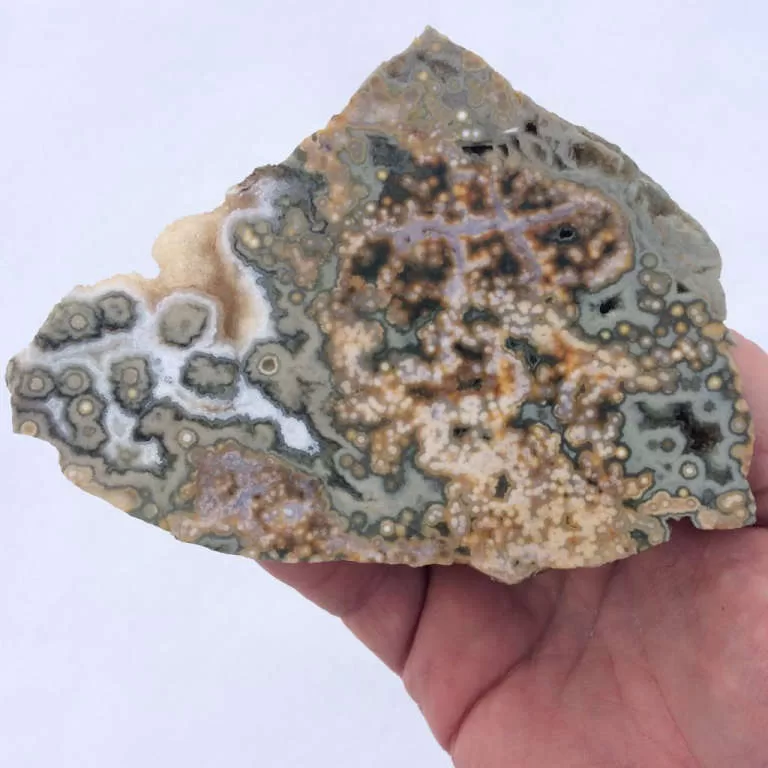
Geologists Disagree as Well Sometimes
Geologists may hold varying perspectives on how to describe chert, jasper, agate, and flint. Thankfully, they have a diverse array of tools to support their work.
A valuable resource for staying up-to-date on mineral data is mindat.org, which we recommend visiting for a geologist’s perspective on the subject.
What is Chalcedony?
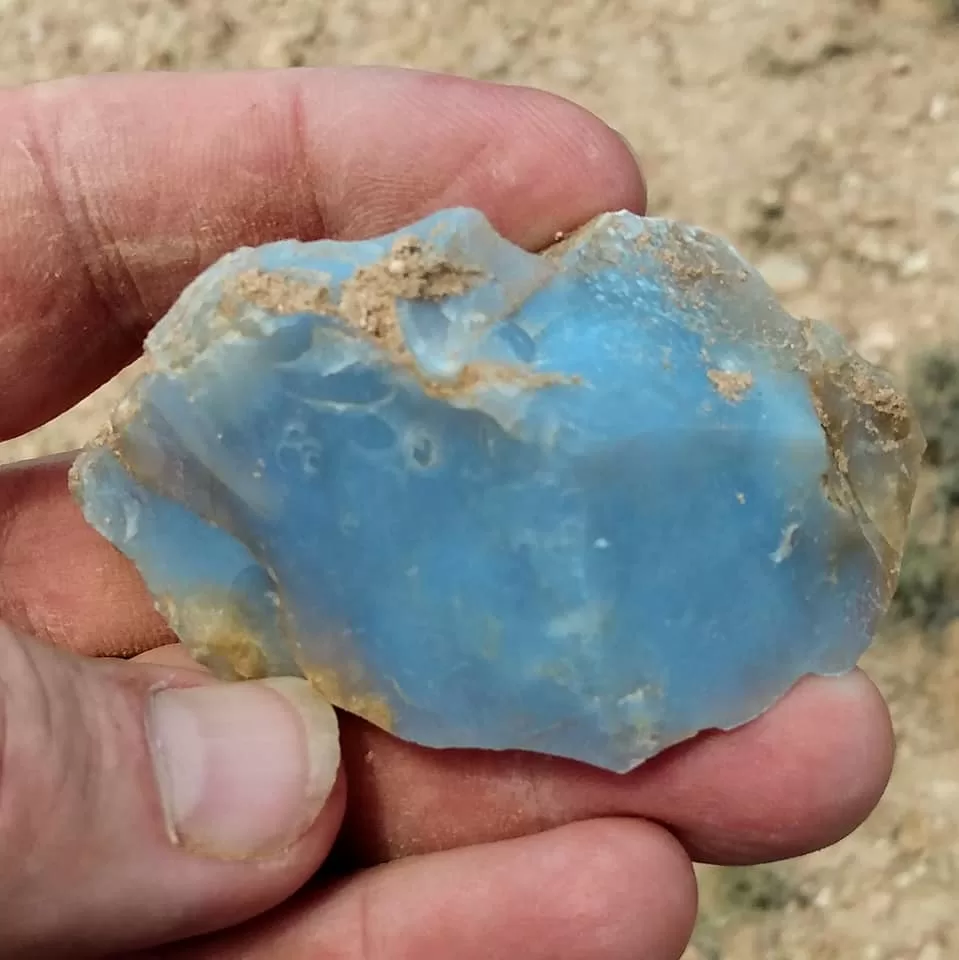
Chalcedony, a cryptocrystalline form of silica, exhibits a waxy luster and may display transparency, semitransparency, or translucency. The presence of impurities influences its color, which commonly appears in white to grayish or brown to black shades.
Chalcedony minerals are frequently misidentified as agate, including Fire Agate, which is, in fact, a type of chalcedony containing limonite inclusions.
What is Agate?
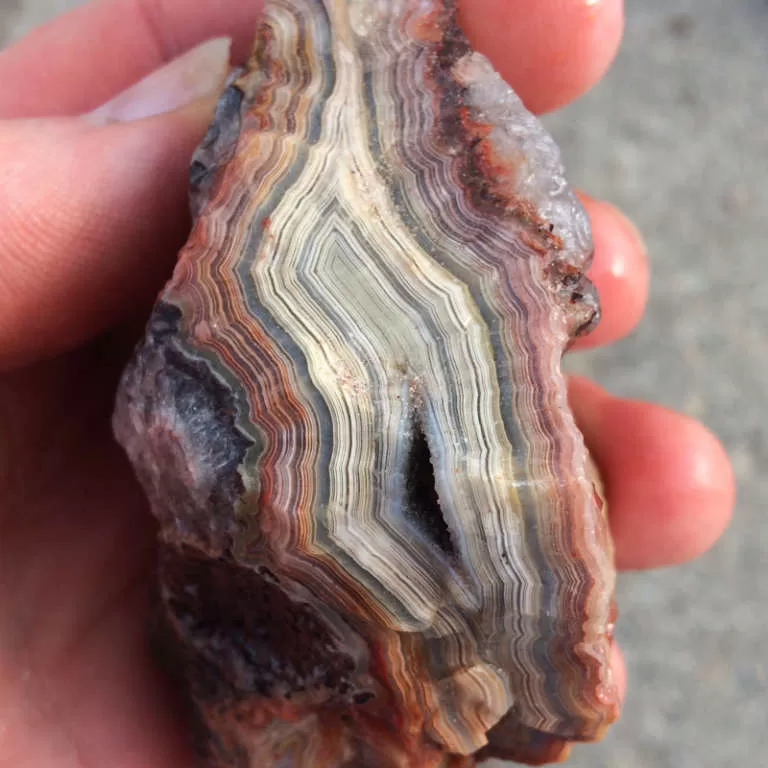
Agate is a variant of chalcedony, characterized by diverse coloration due to the presence of impurities. It frequently forms within cavities of volcanic rocks, where silica-rich fluids can become trapped, leading to the formation of layered chalcedony deposits.
The formation of chalcedony layers within the cavity yields a varied sequence of chalcedony layers, culminating in the distinctive banding appearance typically associated with agate.
What is Jasper?
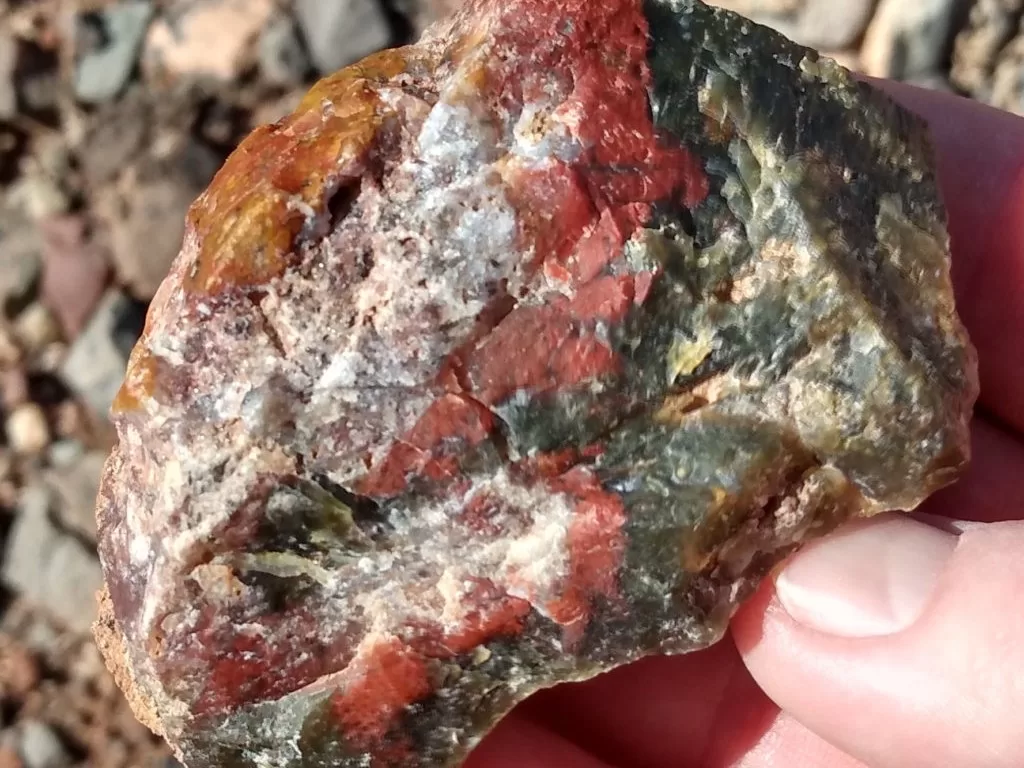
The term ‘jasper’ denotes opaque chalcedony specimens, notable for their high impurity levels, which prevent light from passing through, often producing a material with remarkable coloration and patterning.
Numerous rocks sold as jasper are misidentified, such as Ocean Jasper, which is actually a type of rhyolite.
What is Chert?
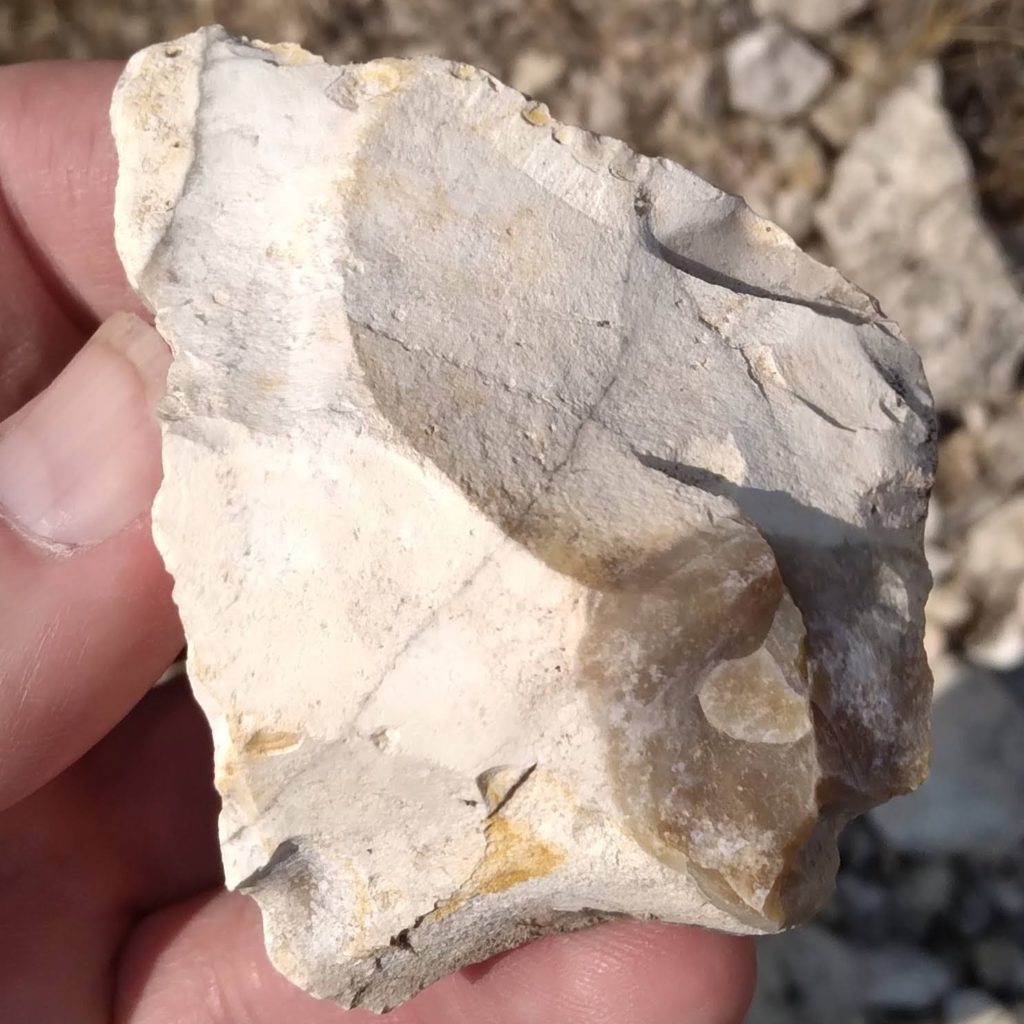
From a technical standpoint, numerous varieties of jasper are, in fact, chert. Chert, a type of chalcedony, frequently forms in limestone, but can also develop in any environment rich in silica, such as biogenic sediments or hydrothermal flows. The term chert is often employed to describe a variant of chalcedony characterized by muted coloration, typically brown or tan.
What is Flint?

Flint is a specialized term for a specific type of chert, set apart by its creation process and location, and commonly associated with a dark color, typically black or very dark.
Flint is also recognized for generating sparks when struck against steel.



As a rhyolite and chert-ophile, I was so happy to find this article! One of the things I like to do is help out in rock identification groups on social media, because it also helps me learn more. It’s become a huge pet peeve of mine when trade names are used for identifications, and it’s always a jasper. For the most part it doesn’t hurt anything, but folks should probably know that Bumblebee Jasper is actually calcite with an arsenic sulfide mineral. Just sayin’ 😉
Anyway, thank you so much for putting this out there. I’ve actually linked it in a lot of my responses explaining the difference between “jasper” and rhyolite.
Best wishes!